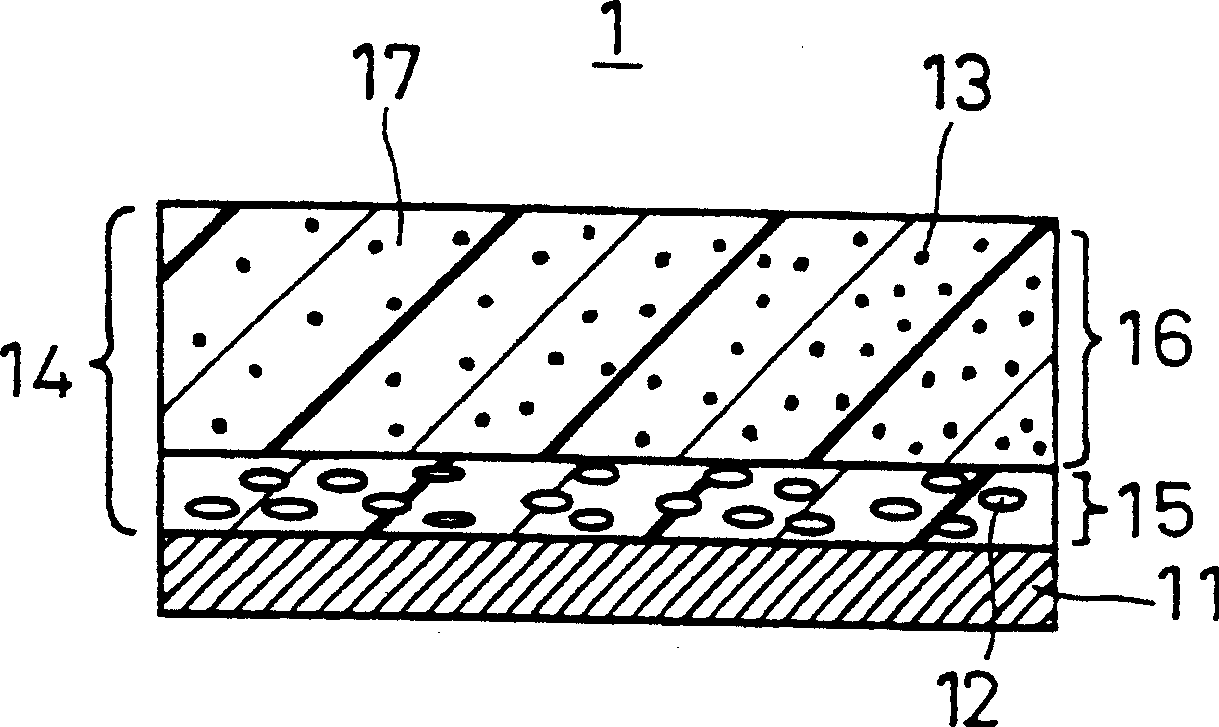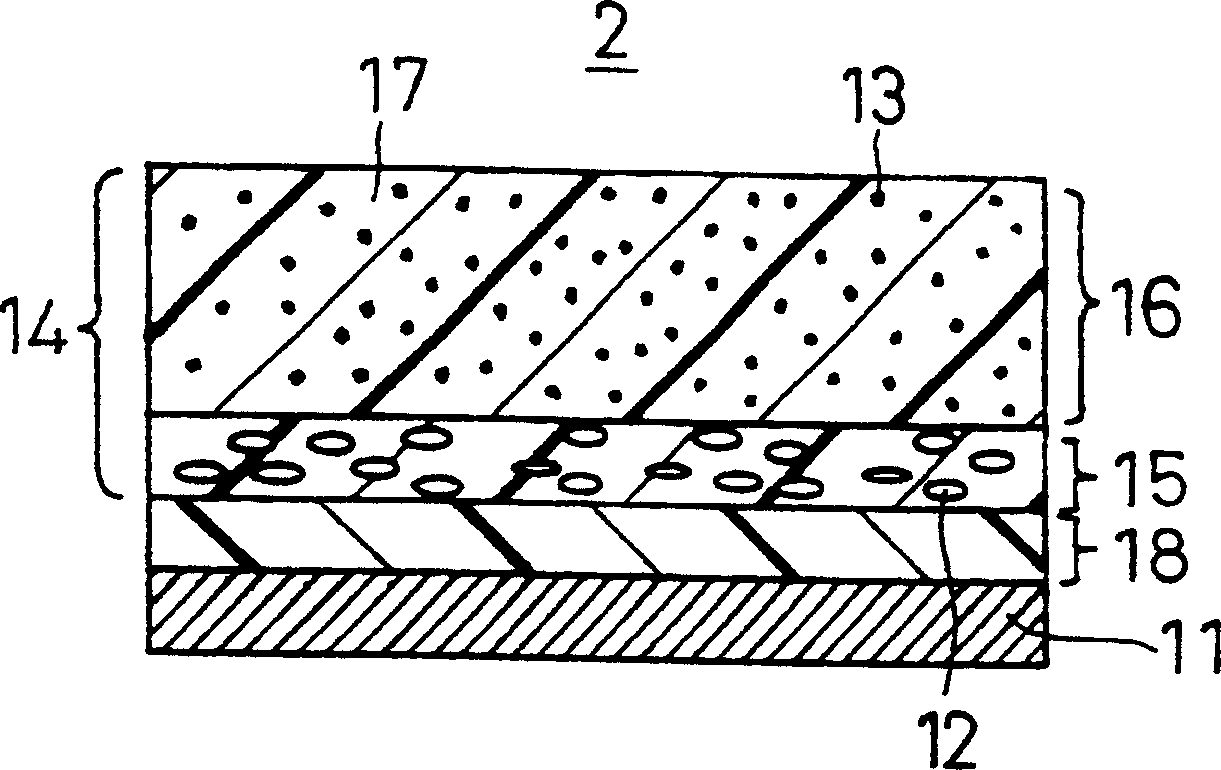Organic photoconductive material, electronic photographic photoreceptor using the same material and image forming apparatus
A conductive material and electrophotography technology, applied in the electrical recording process using the charge pattern, the equipment and optics of the electrical recording process using the charge pattern, can solve various characteristics of the photoreceptor, the performance of the photoreceptor is not ideal, Reduce sensitivity and other issues, achieve good photoresponsiveness, excellent responsiveness, and full responsiveness
- Summary
- Abstract
- Description
- Claims
- Application Information
AI Technical Summary
Problems solved by technology
Method used
Image
Examples
preparation example 1
[0237] Preparation Example 1 Preparation of Compound No.1
preparation example 1-1
[0238] Preparation Example 1-1 Preparation of enamine intermediate
[0239] To 100 ml of toluene, 23.3 g (1.0 equivalents) of N-(p-tolyl)-α-naphthylamine represented by the following structural formula (8) and 20.6 g (1.05 equivalents) of diphenylacetaldehyde represented by the following structural formula (9) were added ) and 0.23 g (0.01 equivalent) of DL-10-camphorsulfonic acid, heated, the by-product water and toluene were azeotroped, discharged from the system, and the reaction was carried out for 6 hours. After the reaction was terminated, the reaction solution was concentrated to about 1 / 10, and slowly added dropwise to 100 ml of vigorously stirred hexane to generate crystals. The resulting crystals were filtered off and washed with cold ethanol to obtain 36.2 g of a pale yellow powdery compound.
[0240]
[0241] The obtained compound was analyzed by Liquid Chromatography-Mass Spectrometry (LC-MS for short), as a result, a peak at 412.5 was observed, corresponding ...
preparation example 1-2
[0243] As described above, N-(p-tolyl)-α-naphthylamine represented by the above-mentioned structural formula (8) as a secondary amine compound and diphenylacetaldehyde represented by the above-mentioned structural formula (9) as an aldehyde compound are dehydrated and condensed After the reaction, the enamine intermediate represented by the above-mentioned structural formula (10) can be obtained. Preparation example 1-2 Preparation of enamine-aldehyde intermediate
[0244] To 100 ml of anhydrous N,N-dimethylformamide (DMF), under ice-cooling, 9.2 g (1.2 equivalents) of phosphorus oxychloride was slowly added, and the mixture was stirred for about 30 minutes to prepare Vilsmeier reagent. To this solution, 20.6 g (1.0 equivalent) of the enamine intermediate represented by the above-mentioned structural formula (10) prepared in Preparation Example 1-1 was slowly added under ice-cooling. Then, it heated slowly, and raised the reaction temperature to 80 degreeC, and it stirred for...
PUM
 Login to View More
Login to View More Abstract
Description
Claims
Application Information
 Login to View More
Login to View More - R&D
- Intellectual Property
- Life Sciences
- Materials
- Tech Scout
- Unparalleled Data Quality
- Higher Quality Content
- 60% Fewer Hallucinations
Browse by: Latest US Patents, China's latest patents, Technical Efficacy Thesaurus, Application Domain, Technology Topic, Popular Technical Reports.
© 2025 PatSnap. All rights reserved.Legal|Privacy policy|Modern Slavery Act Transparency Statement|Sitemap|About US| Contact US: help@patsnap.com



